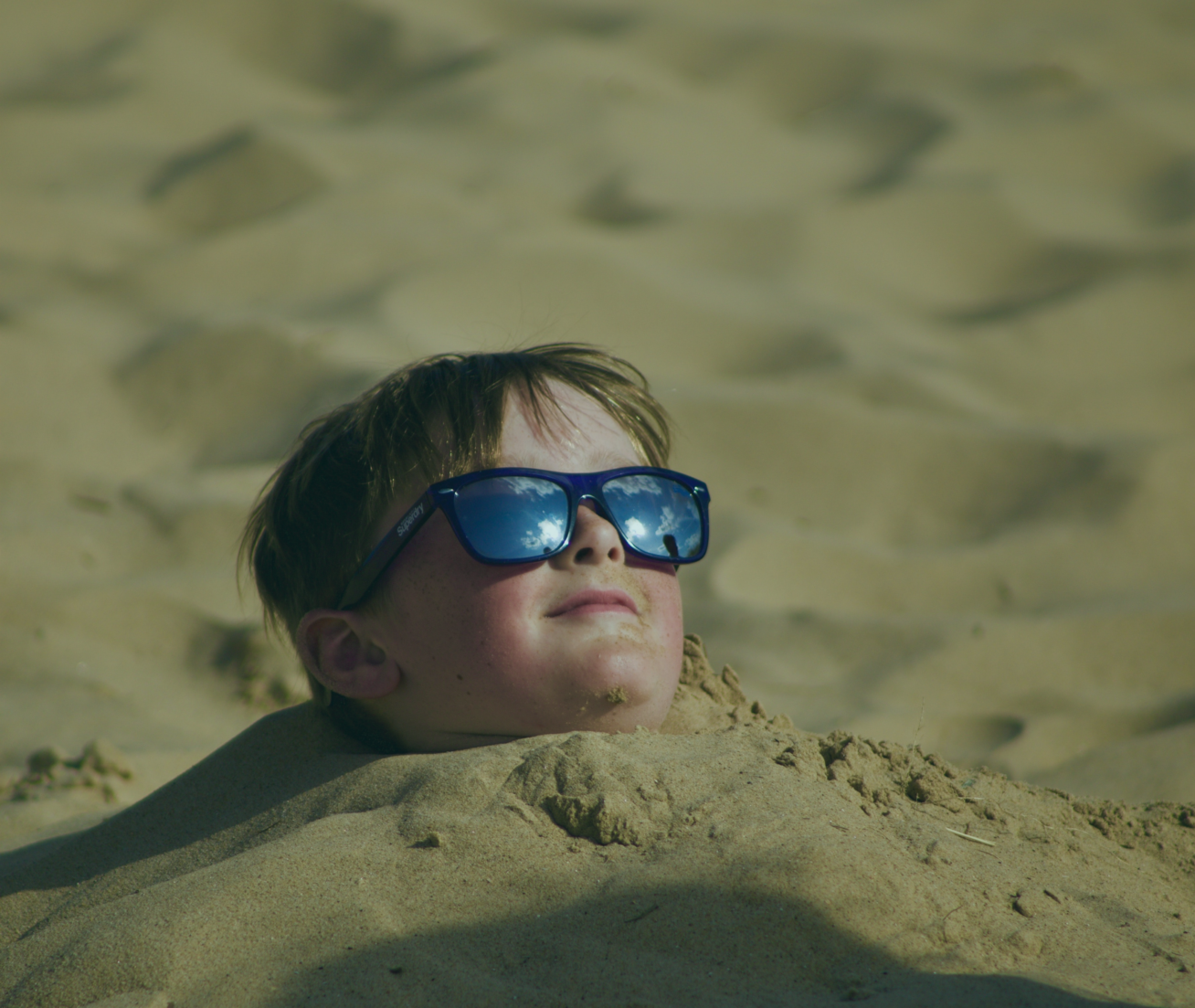“Yesterday’s the past, tomorrow’s the future, but today is a GIFT. That’s why it’s called the present.”
With the festive season in full swing and in keeping with the Dickens classic, A Christmas Carol, we will be exploring risk and its identification- past, present and future. Over the years there have been huge changes in how organisations approach risk and compliance and with the speed of change increasing year by year it will be very interesting to see what the future holds.
So, settle into your office chair, grab a mince pie whilst we use our expertise to tell you about the past, present and future of risk.
A Christmas Carol
For those who aren’t familiar, or have trouble recalling, the original Mid Victorian Dickensian plot is based on an ageing miser called Ebenezer Scrooge who is haunted by the ghosts of his former business partners. To teach mean Scrooge a lesson these ghosts send the spirits of Christmas Past, Present and Future to visit. After the paranormal encounters, Scrooge is transformed into a kinder, gentler man. The moral of the story – DON’T BE A MEANY!
In our adaptation, the past may cover the joys and authenticity of bucolic living and connection with nature. Juxtaposed with the very real danger of being mauled by a sabre tooth tiger whilst hunting for scarce resources. Or perhaps being plundered by marauding Vikings!
The vibrant Spirit of Christmas Present will offer a glittering view of digital transformation. Compliance and regulation founded on ABC (anti-bribery and corruption) tenets and the safeguarding of customers and employees. Whist nodding his jolly head at the risks of cyber and data security and the effects of COVID-19.
With the last chime of the clock, the Ghost of Christmas Yet to Come may allude to a future social transformation driven by sustainability, shifting public values and ESG commitments. Yet will ominously demand how we will deal with risks from a world in transition.
Risk Identification Techniques Past, Present, and Future
Risk initially has to be identified to be managed and methods of identification fall into three groups- past, present or future:
Past
A historic review assesses risks that have already occurred and compares them to other risks. This technique evaluates whether a previously identified risk might arise again. It relies on good data management to screen only relevant past risks and considers which external reference points acted as drivers. This approach is all about using previous experience to tackle an existing situation.
Present
Current assessments are based on what exists in the present. This technique demands a comprehensive understanding of the current situation and good quality diagnostics. Determined attributes are then scrutinised against models to reveal areas of uncertainty.
Future of Risk
Many approaches that try and identify future risks are based on predicting upcoming trends and conditions that will impact future objectives. See our article on What’s 2022 Got in Store. These techniques rely on creative, forward-thinking collaborative discussions with stakeholders to detect possible forthcoming risks. The success of future risk identification is driven by an ability to imagine the future and the involvement of multiple points of view, to offer a broader view of risk without missing anything.
‘I will live in the Past, the Present, and the Future!’
This is the phrase Scrooge repeats, as he scrambles out of bed the next morning, free from his apparitions. And the sentiment applies here too! Each type of risk identification approach, whether it is past, present or future has its strengths and weaknesses. No single method can be relied upon to expose all knowable risks.
So, like Scrooge, we must endeavour to incorporate all time perspectives – a combination of past, present, and future methods to inform risk identification. This is our Christmas wish for you!
If you would like to make the wish come true, book a quick discovery call with us today.
Blog
5 Ways Technology Can Help with SMCR Compliance
One of the biggest changes to FCA regulation in recent years was the need to…
How To Embrace Technology but Keep Your Humanity – Implementing A RegTech Solution
Today, the majority of our business and personal lives are dominated by our…
What are the Cost Benefits of Investing in a GRC System?
More and more organisations are currently seeking out technology-enabled GRC…
Are you ready for Consumer Duty?
With eyes firmly on the calendar for the new Consumer Duty Regulations coming…
What is CASS and who does it apply to?
If a financial services provider holds or controls client money or assets, then…
Has the Motor Finance Industry had its head in the sand?
Ever since the FCA launched a review into Motor Finance and published their…
5 Steps to Improve Your Customer Due Diligence
Last month we looked at third party due diligence and how technology can…
Guide to Operational Resilience
It’s the Monday morning you don’t want. Social media is buzzing because a…
5 Steps To Improve Your Third-Party Due Diligence
All companies use third parties as an essential component in the running of…
Regulation of Buy-Now Pay-Later is Coming
Alice wants a new laptop computer, but it will take her a few months to save…
We won! Fintech Awards 2023- 1RS voted Best Risk Management & Compliance Software Solutions
We are thrilled to announce that Wealth & Finance International have…












